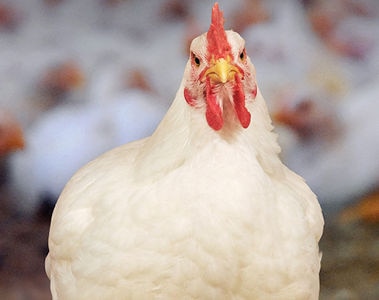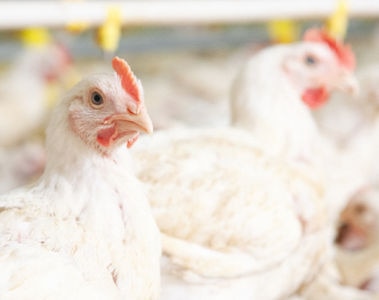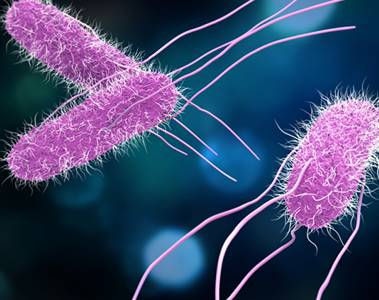According to the National Chicken Council, “approximately 30 federally inspected companies are involved in the business of raising, processing, and marketing chickens”. In 2023, it was reported that 9.16 billion chickens were produced resulting in over 59.7 billion pounds of meat. With these values expected to increase in 2024 and into the future to meet the demands of our growing population, the task of working closely with our government, communities, and consumers to prevent the outbreak of foodborne illnesses remains extremely important. The regulations, however, are ever evolving so the question becomes: where are we now and where are we headed in terms of food safety?
Our food supply system today encompasses several entities such as production, processing, preparing, packaging, labeling, and distribution, which all play a critical role in reducing the risk level of bacterial contamination. Of course, one of the biggest challenges regarding food safety is the ever-evolving public perception towards the standards and regulations in place. While the United States remains as having the safest food supply in the world, foodborne illness outbreaks are still a public health concern. According to the Center for Disease Control and Prevention, researchers have identified more than 250 different foodborne diseases with Salmonella being one of the top five pathogens causing foodborne illness in the United States. Of the Salmonella related illnesses, over 23% have been attributed to eating chicken or turkey (though it should be noted that this statistic does not account for consumption). During 2017 – 2021, Food Safety Inspection Service measured a 50% reduction in positive Salmonella samples in poultry.
Today, poultry integrators are implementing strategies at the production and processing level to ensure a reduction in bacterial contamination. In the feed, nutritional strategies are being utilized to help combat Salmonella and Campylobacter within the bird’s gastrointestinal tract. These strategies can include, but not limited to, the use of prebiotics, probiotics, enzymes, essential oils, and organic acids. While at the processing plant, interventions such as antimicrobials are used to help create a multi-hurdle approach to reduce further contamination.
Unfortunately, even with these interventions in place, foodborne illnesses do still occur. As of October 19th, 2021, USDA announced that FSIS would be “mobilizing a stronger and more comprehensive effort to reduce Salmonella illness associated with all poultry products”, “…to move closer to the national target of a 25% reduction in Salmonella illnesses” (FSIS.USDA.gov). On August 1st, 2022, the USDA announced the action to declare Salmonella as an adulterant in breaded stuffed raw chicken products. In April of 2024, FSIS announced its final determination setting a limit of one colony forming unit (1 CFU) of Salmonella per gram in Not Ready To Eat (NTRE) stuffed chicken products.
This rule was sent to the Office of Management and Budget (OMB) in January 2024. Sandra Eskin, deputy undersecretary for food safety for FSIS, was noted saying “It is an important step because for the first time we have declared Salmonella to be an adulterant, but we are not stopping there. We are developing a comprehensive strategy.” Furthermore, she was reported stating that the proposed strategy is intended to mitigate Salmonella in poultry products by addressing the contamination of birds when they are received by a processing plant. Key components of FSIS’s proposed regulatory framework include establishing Salmonella testing protocols and targets for incoming flocks before entering the processing plant, enhancing process control monitoring, and implementing an enforceable final product standard. FSIS is expected to announce the newly established rules by mid-2024.
With this strategy in mind, the need for on farm interventions will need to be dramatically increased to ensure birds arriving at the processing plant are below the new Salmonella threshold that is to be implemented. Interventions must take place throughout the entire production chain, beginning at the breeder level. Hens can vertically transmit Salmonella to the egg or through feces onto the eggshell in which the chick will then encounter at hatch. Currently, there are few methods available for Salmonella control in breeders. These include vaccination, discarding soiled and dirty eggs, sanitation, and ventilation at hatchery facilities. Although, this will not eliminate the problem, it can help. In broilers and breeders, feed additives have been and are currently being explored for their benefits in reducing bacterial loads in the gastrointestinal tract. Salmonella vaccination is also an option for broilers as it is with breeders. New strategies are arising as a new focus has been placed on pathogens at the processing plant. It will require the entire industry to focus their efforts, put their heads together, and find the most effective methods for reducing foodborne pathogens.



